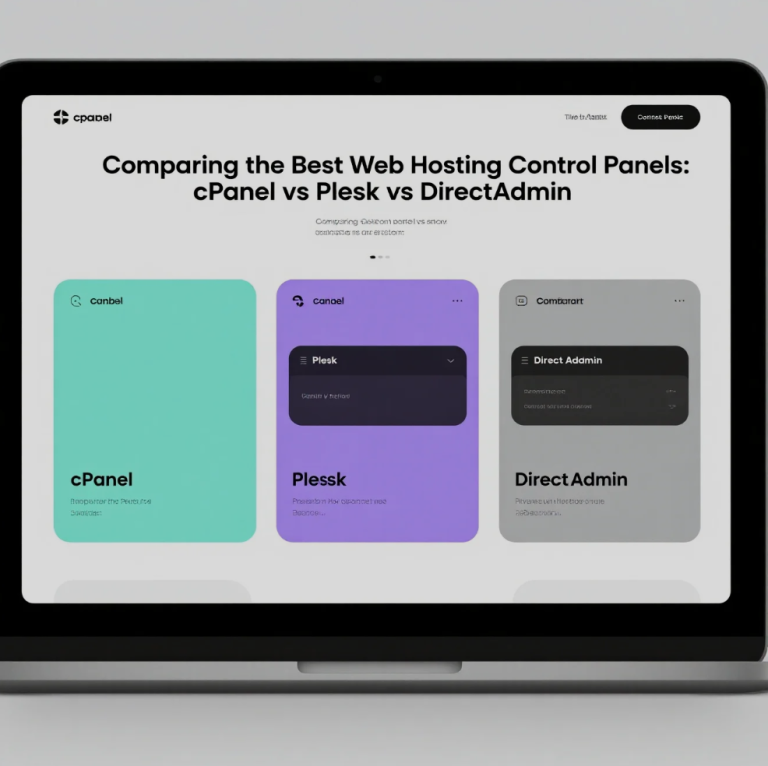
In today’s fast-paced digital world, users expect websites to load quickly and run smoothly. One of the most effective ways to achieve this is by using a Content Delivery Network (CDN). Whether you run a small blog or a large e-commerce store, a CDN can significantly enhance your website’s performance, security, and reliability.
1. What is a CDN?
A Content Delivery Network is a system of distributed servers located across different regions. Instead of delivering website content from a single origin server, a CDN caches and serves content from the server closest to the user.
2. Faster Page Load Times
When visitors access your website, the CDN delivers static content (like images, scripts, and stylesheets) from the nearest server. This reduces latency and ensures faster loading speeds, improving user experience and engagement.
3. Improved Reliability and Uptime
CDNs distribute website traffic across multiple servers. If one server goes down, another automatically takes over, ensuring your website stays accessible without interruptions.
4. Enhanced Security
Modern CDNs offer built-in security features such as DDoS protection, SSL certificates, and Web Application Firewalls (WAFs). This helps safeguard your website against cyberattacks while maintaining performance.
5. Better Scalability
During traffic spikes—like holiday sales or viral content—a CDN helps balance the load across servers. This scalability ensures your website can handle high volumes of visitors without slowing down or crashing.
6. Global Reach
For websites with international audiences, a CDN makes content delivery seamless across continents. No matter where your users are, they get a consistent and fast browsing experience.
Final Thoughts
A Content Delivery Network is more than just a performance booster—it’s a complete solution for speed, security, and reliability. By implementing a CDN, businesses can enhance user satisfaction, improve SEO rankings, and ensure their websites run smoothly worldwide.
Recommend:



